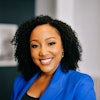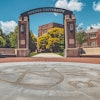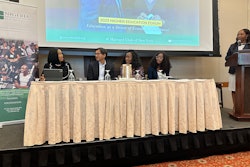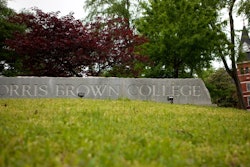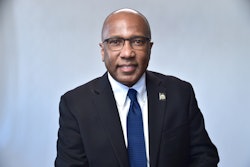International medical schools have been quicker to respond to the growing need for physicians, which has led to more non-U.S. citizens practicing medicine in this country, according to trends projected by the National Resident Match Program (NRMP). The program assigns medical school graduates to residency programs.
There has been a considerable increase in international medical graduates, either U.S. citizens who attended a non-U.S. medical school or non-U.S. citizens who attended school abroad, applying to residency programs in the United States. Applications for this group declined after the clinical skills assessment became a requirement in 1998, but the numbers are rising quickly.
According to Edward S. Salsberg, director of the Center for Workforce Studies at the Association of American Medical Colleges, foreign medical schools are doing a better job of marketing than U.S. schools. Approximately 5 percent of new physicians in the country are U.S. citizens who went overseas for medical school.
Mona Signer, executive director of NRMP, says, “Many [international students] are growing accustomed to the clinical skills exam, and more and more are passing it.”
The matching program sheds light on the professional interests of graduating students. Some of the most popular specializations continue to be the so-called “lifestyle positions,” which offer greater stability in work hours and demands. Dermatology, anesthesiology and Obstetrics/gynecology residencies saw 100 percent, 97 percent and 98 percent of their available first-year residency positions filled, respectively, according to NRMP data.
In spite of these popular options, the number of residency positions have not increased as much. Of the 24,000 physicians entering training, 300 graduates entered dermatology and 1,200 graduates went into family practice.
“There is concern that numbers have gone down in geriatrics and primary care,” says Salsberg. “But dermatology is an attractive option to younger doctors because they can control their lifestyle.”
Other competitive specialties in the match program are surgery — which this year filled all but one of its positions — orthopedic surgery, plastic surgery, radiology, radiation oncology and otolaryngology. All of those specialties filled more than 95 percent of their positions and filled at least three-quarters of them with U.S. seniors.
But Signer notes that primary care specialties displayed strong numbers. Internal medicine and pediatrics filled 98 percent and 97 percent of the positions, respectively. Family practice, which had been declining for several years, filled more positions this year than last and filled more of them with U.S. seniors.
“I don’t really see any changes in trends,” Signer says. “The same specialties that have been competitive in the past remain competitive.”
— By Diverse reports
© Copyright 2005 by DiverseEducation.com


